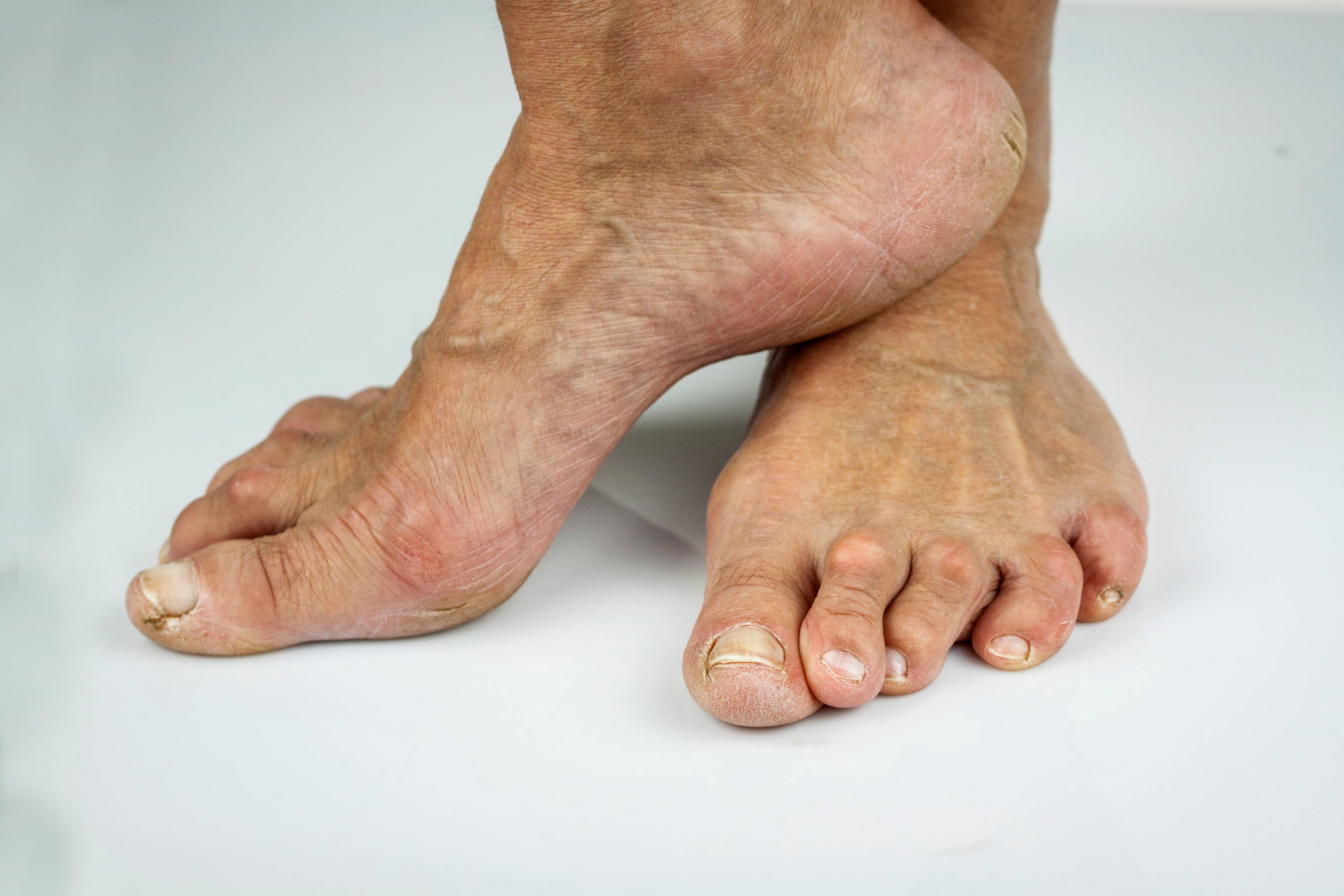Hammertoe is a condition that affects the toes of the foot, causing them to bend downward from the middle of the toe and become claw-like in appearance. It typically affects the second or third toe, although it can affect any toe.
Do Shoes Cause Hammertoe?
Traditionally, it has been thought that one of the main causes of hammertoe is wearing high heels or shoes that are too tight or too short. When a person wears shoes that are too small or that have a high heel, their toes are forced into a cramped position for an extended period of time.
High heels simply make the symptoms of a biomechanically abnormal foot more obvious. If high heels are worn all day over a long period of time, the Achilles tendon can become shortened and add to symptoms as well.
Medical Conditions Cause Hammertoe?
With a deeper understanding of the forefoot, it is apparent that certain medical conditions lead to the development of hammertoes. These include conditions that affect the nerves, such as diabetes, MS, stroke, alcoholic neuropathy, chemotherapy, and others.
All that a hammertoe really comprises is a toe with weak intrinsic muscles of the foot. The intrinsic muscles of the foot are the small muscles found inside the foot itself.These have attachments to the toes and balance out the longer and stronger muscle-tendon units coming from the leg. The poor balance of these muscles leads to a flexion deformity of the toes, and thus a hammer toe. This means that any condition that weakens the muscles of the foot can lead to hammer toes.
Wearing the same shoe day in and day out can lead to foot weakness. Never exercising can lead to foot weakness. Connective tissue disorders can change the flexibility of the foot muscles over time and lead to hammer toes. Contractures of one or more muscle-tendon units can cause changes in the overall balance and lead to hammer toes. Usually, these take years to develop and treatment takes a while to be effective.
Hammertoe Treatment
Treatment for hammertoe typically involves wearing properly fitting shoes and/or using custom orthotic inserts to help correct the position of the toes. By placing a metatarsal pad or bar behind the ball of the foot, the metatarsal heads are not loaded as much and the toes have a chance to drop down. Stretching the toes and engaging in foot core exercises helps a lot too.
In severe cases, surgery may be necessary to straighten the toes and prevent further complications.It's important to treat hammertoe as soon as possible to prevent the condition from worsening. If you are experiencing symptoms of hammertoe, such as pain or difficulty moving the toes, be sure to see a doctor for proper diagnosis and treatment.
In addition to medical treatment, there are also some things you can do at home to help manage the symptoms of hammertoe. These include:
- Wearing comfortable, supportive shoes that have a wide toe box and low heels. Avoid shoes that are tight or constricting, as these can put pressure on the toes and worsen the condition.
- Using toe separators or spacers to keep the toes from rubbing against each other and causing pain. The shoe will need to be quite wide in the forefoot region to accept this added mass.
- Avoiding activities that put excessive pressure on the toes while they are symptomatic. Alternatively, tape the toes to prevent the shear of a shoe’s upper on the hammer toe.
- Using over-the-counter pain relief medications, such as ibuprofen or acetaminophen, to help manage pain and inflammation. Ice helps as well.
- Soaking the feet in warm water to help relax the muscles and reduce pain. Adding magnesium sulfate (Epsom salts) is often helpful too.
With proper treatment and management, most people with hammertoe can find relief from symptoms and prevent further complications. It's important to follow your doctor's recommendations and take good care of your feet to keep them healthy and pain-free.






